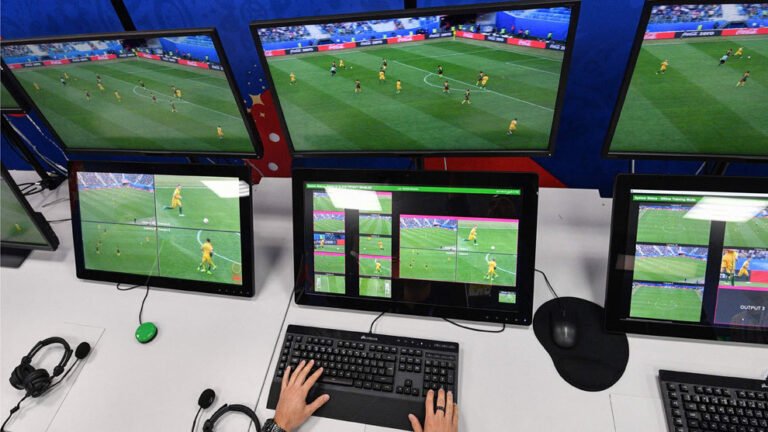The introduction of VAR (Video Assistant Referee) in football matches has had a significant impact on the sport, both positively and negatively.
Positive impacts of VAR include:
- Increased accuracy: VAR helps referees make more accurate decisions by allowing them to review key incidents such as goals, penalties, and red card offenses on video replay. This reduces the likelihood of errors affecting the outcome of matches.
- Fairness: VAR promotes fairness by ensuring that incorrect decisions, which could potentially change the course of a match, are corrected. This enhances the integrity of the game and reduces controversies surrounding refereeing decisions.
- Improved transparency: The use of VAR enhances transparency in decision-making, as fans and players can see the video evidence used to make crucial calls. This transparency helps to build trust in the officiating process.
- Consistency: VAR contributes to greater consistency in decision-making across different matches and competitions. It provides a standardized method for reviewing incidents and applying the rules of the game.
However, there are also negative impacts associated with VAR:
- Delays: The implementation of VAR has led to delays in matches as referees and officials review incidents on video. This disrupts the flow of the game and can frustrate both players and fans.
- Controversy: Despite its aim to reduce controversy, VAR itself has become a source of contention in football. Debates often arise over the interpretation of incidents and the consistency of VAR decisions.
- Subjectivity: VAR decisions can still be subjective, as they rely on the interpretation of officials reviewing the footage. This subjectivity can lead to disagreements over whether a decision was correct or not.
- Impact on celebrations: Goals are sometimes disallowed after celebrations have already taken place, leading to disappointment and frustration for players and fans.
Overall, while VAR has undoubtedly had a significant impact on football matches, its effectiveness and acceptance continue to be debated among fans, players, and officials. The technology is constantly evolving, and adjustments may be made to address some of the challenges associated with its implementation.


